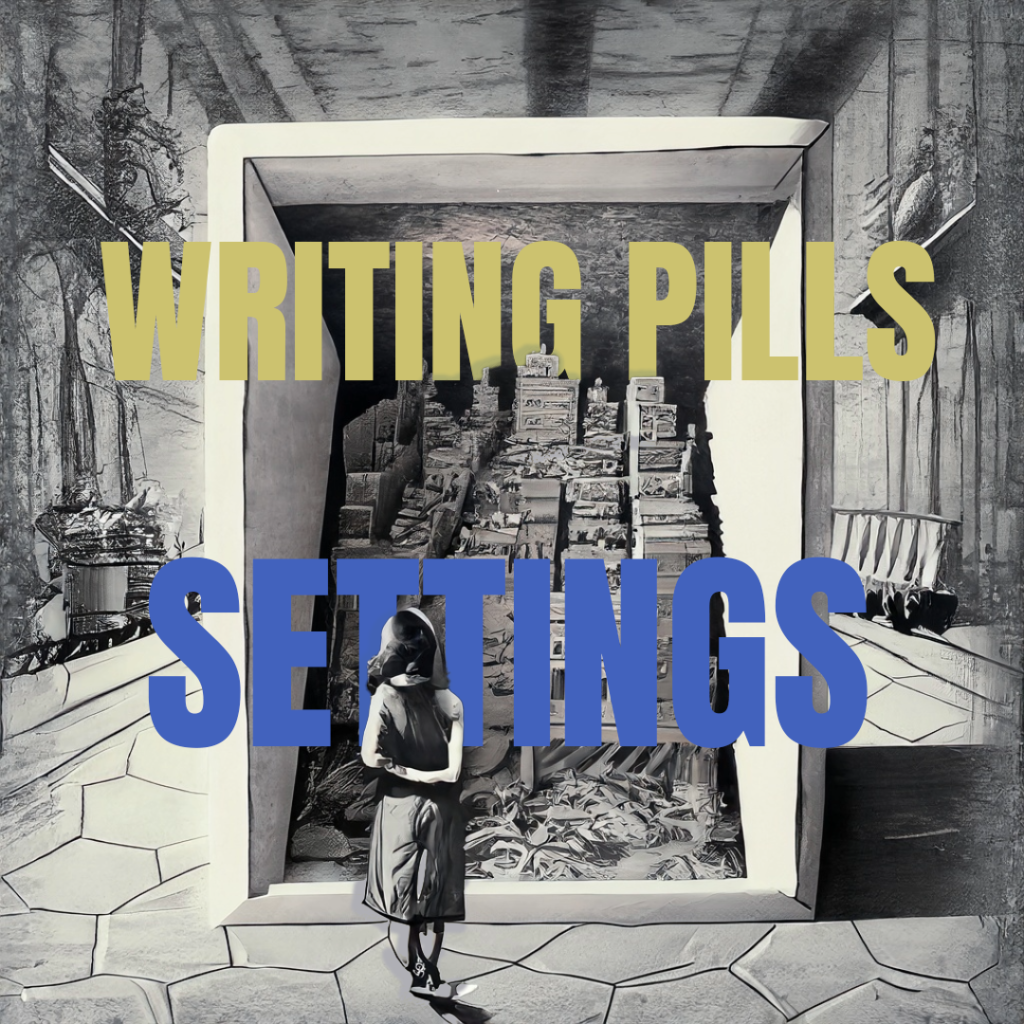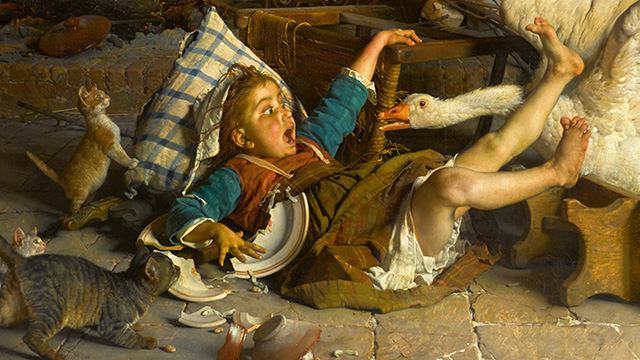Writing pills, why settings are important?
Treat settings as a character
Wherever we have a new story to write, our first reaction is to create the characters, most of the time forgetting the settings altogether. But hey, the characters are indeed the engine of a story, right? They are essential. However, what if the settings were also considered as characters? As you can assume, a particular place can act, react, live, develop and change the course of events precisely as a main character does. So, why is so important to place your characters inside the right setting?
Le’s see how one step at a time.

When and where
Do you have a clear idea of when and where your story will take place? If the answer is yes, well done, you’re halfway there. If the answer is not, I hope I will convince you by the end of this article of its importance and you’ll go straight to your device to write down new settings for your story.
Britannica, in about one line, defines settings in literature in this way:
“The location and time frame in which the action of a narrative takes place.”
Did you notice? Without it, without location and time, there is no action unless you want to write one of those stories where someone is floating in a blank white space. But even then, the settings are an empty white space, see?
This means you need a time and place in which you need to submerge your characters and your readers, too! Yes, ’cause if your characters are having a lot of fun there, but your readers have absolutely no clue of what is happening around, it’s all useless. And, believe me, happens so many times.
Jump into the settings!
Imagine Dubai, a faraway place built in the middle of the desert. Now raise your head, watch the sky and you’ll notice an incandescent coin called the sun, just a bit veiled by the fog and pollution in the city. You’re close to the main character, which starts limping a bit, his breathing getting shorter by the minute. On the ground, at every step, drops of sweat big like Alaska splash to the ground from his forehead and disappear instantaneously. One moment to another, the breath stops and looking at the sidewalk, you notice some red spots; there’s blood there!
Now, did you feel the heat? The smell of pollution comes into your nostrils. You must have felt the fatigue of that poor guy trying to survive the heat, cut out from the next mall with A/C.
When you see the blood on the sidewalk, you can start to visualize why it happened, right? It could be related to the heat, or perhaps the writer wants to mislead you. That’s not important right now; the important aspect is that you walked side by side with a character, and now you are there.
Walking with the character. A good insight about it comes from Josip Novakovich in his Fiction writer’s workshop. He states that nowadays, settings have fallen out of fashion at the expense of character creation and action. Why is that?
Well, Novakovich thinks that “big writers used to be big walkers, (…) their cities speak out for them.” It’s true that now we move more by car, vehicles, metro, and buses than 150 years ago. It’s also true that we have changed as readers. I don’t know anyone of my friends, most of them all good readers, that would spend half an hour reading pages of description of a small church in which a character happens to enter once in the story. New writers and I put myself in this club, fear boring the readers by describing the settings too much.
The description has to be functional to the story, character, and plot development. The settings must be sketched, leaving the rest to the reader’s imagination. Precisely as a painter will do.
In his famous book The art of fiction, Henry James wrote that “the analogy between the art of painter and the art of novelist is (…) complete. They may learn from each other, they may explain each other and sustain each other.”
Have a look at this painting below.

Now have a look at the next one.

What do you notice? A background animated by people and colors, with many vivid details.
That’s the main difference between who cares for the settings and who does not.
If you want to have a look to my style, start reading my stories here and I look forward to receive some of your best comments down the page.
If you’re interested in reading more about writing, find more in the page writing in pills!
Why is so important to read?

Reading is crucial because it improves the way you focus, your memory and your communication skills. Here at Flyingstories, we like to write free stories that can entertain you and help you learn Italian or English. You can change the website’s language any time you want, just by clicking on the flag. In this way, you can read stories for free in Italian and English.
Do you think you’re not ready for a long story like Go back to the future or Souls Alive? Please feel free to read our short stories in Italian and English!
This article is written by Daniele Frau.